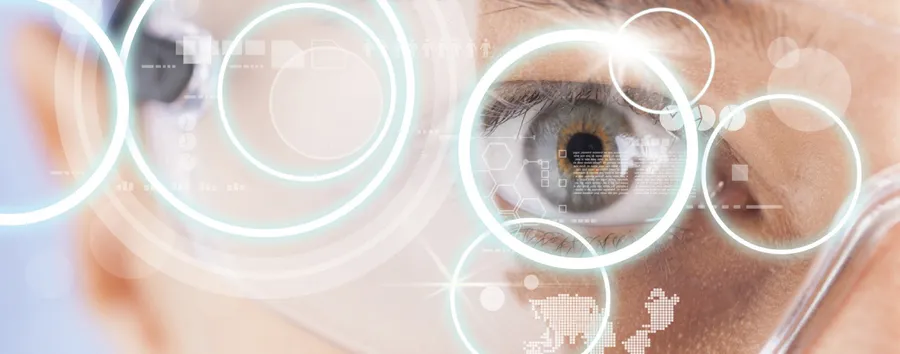Product · 2 min read
Mangold Vision: Professional Eye Tracking Software and Hardware
Discover Mangold Vision, a comprehensive eye tracking system that combines powerful software and hardware for screen-based eye tracking for scientific research, industry applications, and market research studies.

What is Mangold Vision
Mangold Vision is a ready-to-use integrated eye tracking system that combines sophisticated software with precise hardware technology. Designed specifically for structured multi-participant eye tracking tests, it offers researchers and professionals a complete solution for their research needs.
The system supports multiple stimulus types including:
- Images
- Videos
- Websites
- Generic Screen Recording
Beyond basic eye tracking, the system captures comprehensive data including:
- Full computer screen activity
- Facial expressions using a Webcam
- Thinking Aloud Protocols
- User’s computer interactions (mouse movements and keyboard inputs)
Tell us about your project
We'd love to hear about your project and how Mangold Vision can help you.
Key Benefits
Mangold Vision stands out as a very easy to use, yet powerful computer screen-based eye tracking system with numerous advantages:
- Fully customizable calibration process
- Post-hoc gaze data re-calibration
- Data filtering and analysis on questionnaires and user attributes
- Project reorganization and re-recording without losing previous recorded data
- Easy project merging even with different stimuli and user attributes
- Multidimensional stimulus randomization
- Complex project logic for individual project paths
- Easy export of heatmap and gazeplot videos
- Moving and morphing areas of interest on videos
- Full user experience recording with user camera, audio, keyboard entries and mouse actions
- Options to synchronize other systems in a research lab
Understanding User Experience Through Eye Tracking
Eye Tracking provides unique insights into visual human cognition that cannot be discovered through conventional research methods like observation, questionnaires, or interviews.
With Mangold Vision, researchers can:
- Present media (images, videos, websites) to participants
- Record precise gaze patterns during media viewing
- Conduct Area-of-Interest analysis for detailed statistical values
- Create impressive visualizations including:
- Gaze Replay charts and videos
- Focus Maps
- Heat Maps
Software Features
Comprehensive Analysis Tools
-
Gaze Plot
Provides excellent insight into viewing behavior and gaze patterns, showing how participants explore visuals.
-
Focus Map
Provides an enlightening experience for researchers, designers, and developers by clearly showing what subjects actually saw.
-
Heat Map
Instantly visualizes “high energy” areas where participants focused their attention.
-
Areas of Interest (AOI)
Easily define specific regions in pictures or videos for statistical analysis, with automatic calculation of key indicators.
-
AOI Gaze Pattern
Visualizes the sequence in which participants visited specific areas-of-interest.
-
Eye-Blink Detection
Automated eye blink detection based on the gaps in the collected gaze data.
-
Physiological Measurements
Combines eye tracking data with physiological measurements for deeper insight into participant experience.
-
Statistical Analysis
Generate statistical results with one click for easy data interpretation, reporting, and study comparison.
-
Export and Visualization
Offers various data export options and sophisticated charting capabilities.
Purchasing Information
Pricing
Due to the various available versions of Mangold Vision software and Eye Tracker Hardware, we provide customized pricing based on your specific project requirements.
Trial Version
A trial version is available with personal online training to maximize your evaluation experience.
Discover Mangold Vision
Learn more about our professional eye tracking solutions.
